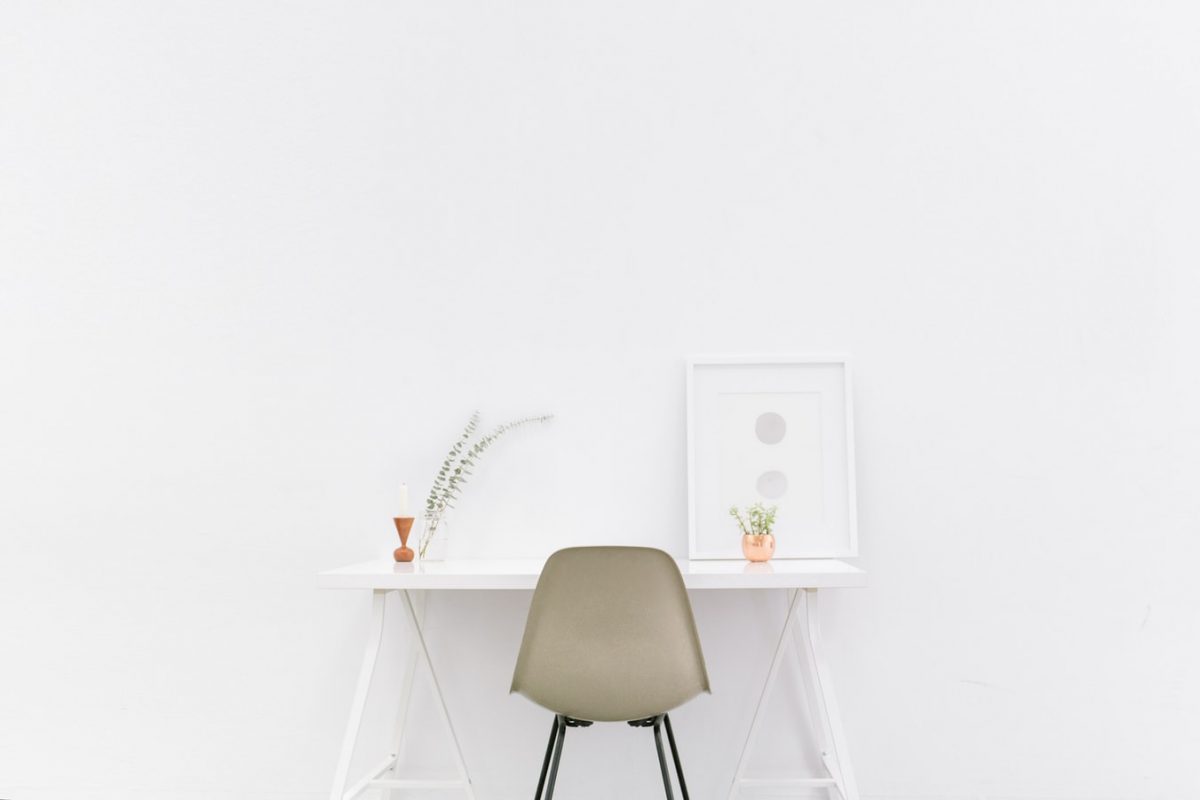Neutral palettes. Bare walls. Simplicity. A lack of ornamentation. Quality over quantity. Decluttering. Understated. Good lighting. These are all the hallmarks of minimalism that we know and love today.
It is a style, a way of life, a trend, a science and an art. Minimalism is both timeless and timely, taking the better part of the 21st century by storm. You’ve probably seen an Instagram post staged in an all-white living room or watched an influencer showcase their beloved condensed wardrobe in a YouTube video. You’ve read a black and white screenshot of an Instapoet’s new writing or even known someone who has attempted the KonMari Method.
Minimalism has garnered an impressive army of supporters during its time in the limelight, and even those of us who haven’t subscribed to its doctrines have been affected by the style. Coffee shops feature white tile backsplashes and exposed light bulbs. Websites are sleeker, displaying sans serif fonts and muted color palettes. Ikea furniture holds a significant place in the psyche of interior decorators — professional or not. Minimalism is everywhere.
With as many minimalist acolytes as there are, the style has come under scrutiny by style columnists and public figures, mocking its pretentiousness and lamenting the loss of originality. According to this camp, minimalism is robotic. It strips us of our humanity and is too sterile for anyone to actually take comfort in.
https://www.instagram.com/p/CA8ijn8KpmK/
While most people probably view minimalism as a new style all its own, its roots actually reach further back than Apple’s iPod. The Arts and Crafts movement, later known in the U.S. as Art Nouveau, originated in Britain in the late 19th century. While it may be difficult to link minimalism to this highly ornamental style, they share many of the same design principles. In response to society’s rapid evolution and garish Victorian styles, the Arts and Crafts movement sought to return to a simpler way of life via quality, handmade furniture and an emphasis on utility rather than décor. Spearheaded by a man named William Morris, the movement focused on the familiar “less is more” ideology.
If you are wondering why this is important, the significance is in the continued transformation of design since the Arts and Crafts movement. Yes, this style influenced the direction of late 19th and 20th century design, but it didn’t completely take hold; there were other prevailing styles between the Arts and Crafts movement and minimalism. If there is one truth about art and style, it is that design will always change.
In a world where everything can be ripped out from under society’s feet by the coronavirus, causing people to hoard toilet paper and cleaning supplies, it seems the actual practice of minimalism and only having what you need does not quite fit our new reality. Even online, people are reflecting on memories and grappling with new feelings of nostalgia, clinging to a better past than the more frightening present. But unlike our newfound pathos, minimalism is not concerned with sentiment or the past, but only what serves you in the present. It seems our “less is more” style isn’t very compatible with our current situation.
So what does that mean for our Instagram feeds, living rooms, coffee shops, clothing and websites? Do we need to paint our walls red and re-collect as many clothes as we can, undoing the effects of Marie Kondo and Scandinavian design? Are bold prints now in?
This is just one woman’s opinion. I don’t think it’ll be anything that drastic. But I am fairly sure that minimalism won’t last forever, unless we really are on our way to becoming homogenized bots.
Design is just a reaction to whatever is going on in the world. Take a look at how styles changed around wars or other major catastrophic events; Dada, futurism and modernism are all perfect examples of the reactive nature of design. Minimalism is our own kind of reaction; maybe with the whirlwind of technological advancements we’ve seen in the past 40 years or so, minimalism was our way of coping with all of the new stuff flying our way.
It is only natural that we move on from the neutrals and sleekness of minimalism because as a society, we will find new things to cope with. Maybe we will need to create an artificial sense of joy to combat the fear and monotony of our current everyday lives, and that will manifest in brighter color palettes. Perhaps we will revisit photo collages and gallery walls to commemorate all of our best memories and embrace sentimentality. Maybe we will clutter our lives with stuff again because we will be afraid to let go of things we may need in even the most extreme emergency.
Whichever way we all decide to take our next new style, I’m sure it will be much different than minimalism and a much-needed coping mechanism to the changing world around us.

















